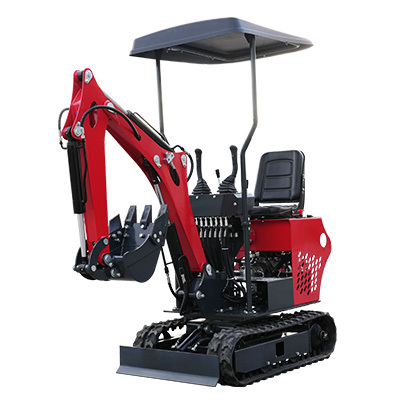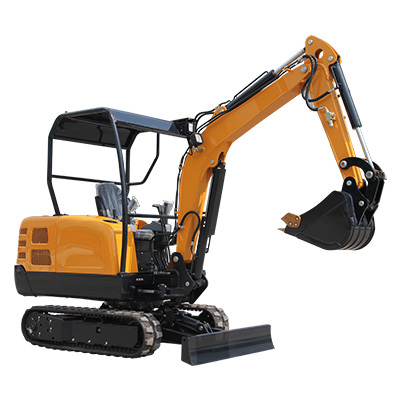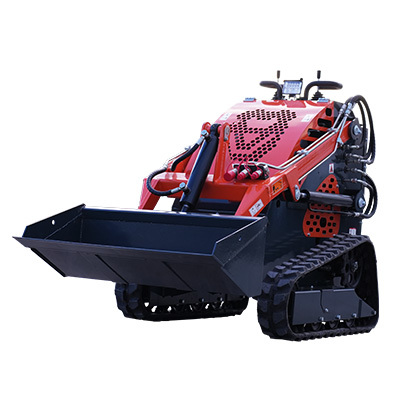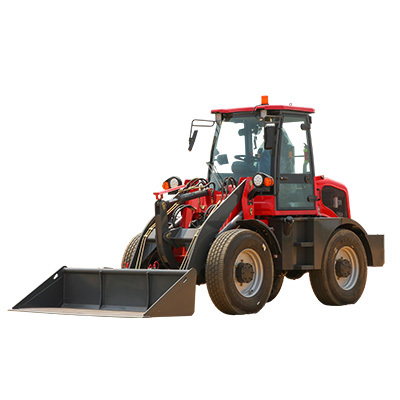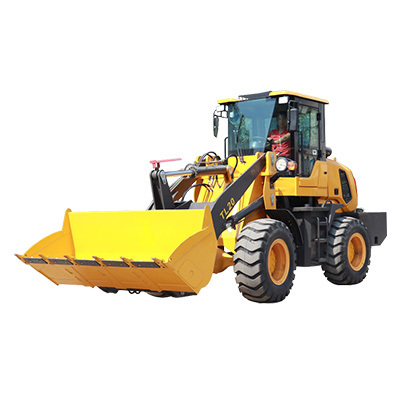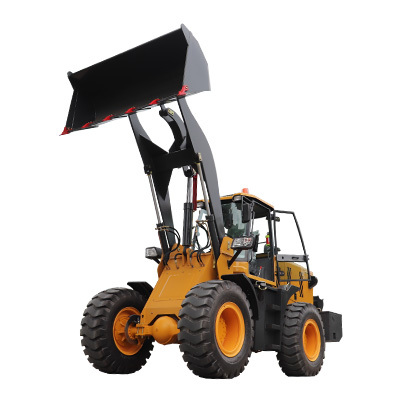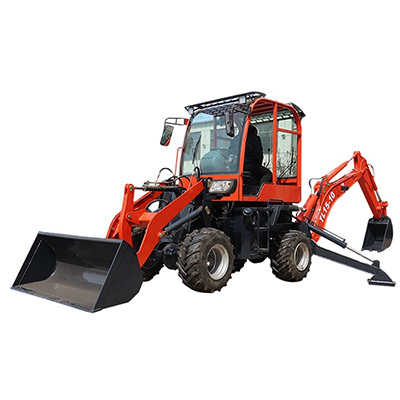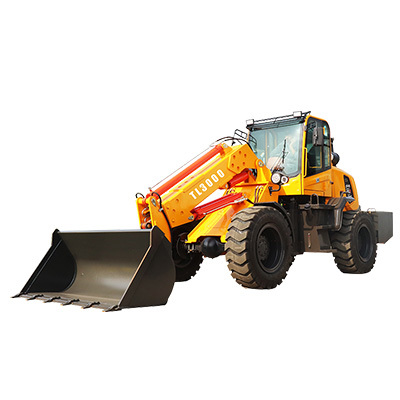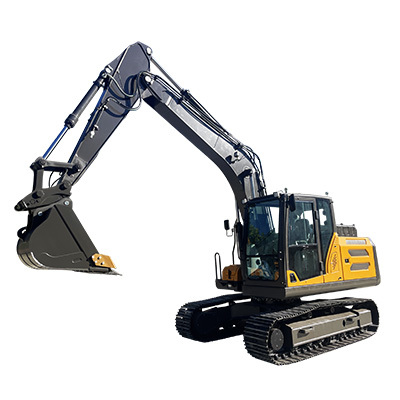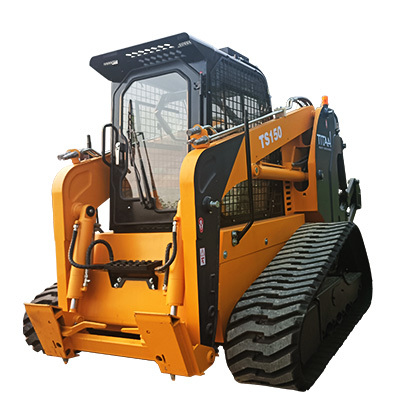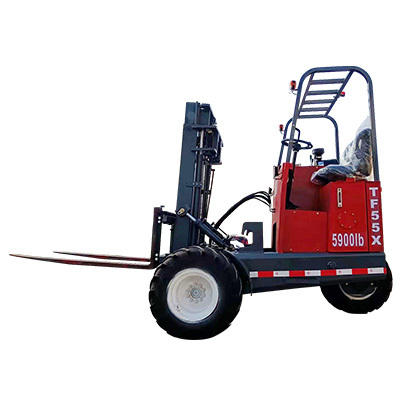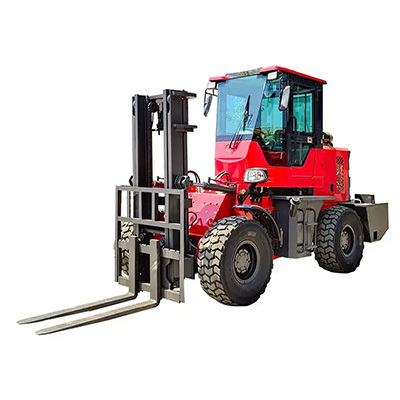Maximizing Efficiency in Warehousing with Piggyback Forklifts: The Ultimate Guide
Release time:
2025-06-14
Summary
Maximizing Efficiency in Warehousing with Piggyback Forklifts
In the demanding world of warehousing and logistics, efficiency is key to maintaining competitive advantage and driving profitability. Among the various tools and technologies available, **piggyback forklifts** have emerged as a game-changer. This comprehensive guide explores how these unique forklifts can significantly enhance operatio
Maximizing Efficiency in Warehousing with Piggyback Forklifts
In the demanding world of warehousing and logistics, efficiency is key to maintaining competitive advantage and driving profitability. Among the various tools and technologies available, **piggyback forklifts** have emerged as a game-changer. This comprehensive guide explores how these unique forklifts can significantly enhance operational efficiency in warehouses.
Understanding Piggyback Forklifts
Before delving into the efficiency aspects, it’s essential to grasp what piggyback forklifts are. These specialized forklifts are designed to transport loads while mounted on a flatbed truck or trailer. They offer the unique ability to operate on both the ground and the vehicle, making them highly versatile for various applications.
How Piggyback Forklifts Work
Piggyback forklifts possess a unique design that allows them to be loaded onto a truck for transport. When they arrive at the delivery site, operators can easily unload and maneuver the forklift off the truck to perform tasks, such as lifting and stacking pallets. This dual functionality streamlines transport and storage processes, eliminating the need for separate vehicles or equipment.
Key Features of Piggyback Forklifts
Several features contribute to the efficiency of piggyback forklifts:
1. **Compact Design**: Their size makes them easy to store and transport.
2. **Enhanced Mobility**: They can navigate tight spaces in warehouses.
3. **Dual Functionality**: They serve both loading and unloading purposes.
Benefits of Using Piggyback Forklifts in Warehousing
Integrating piggyback forklifts into warehousing operations provides numerous advantages that contribute to enhanced efficiency.
1. Improved Space Utilization
Warehouses often face challenges related to space management. Piggyback forklifts improve space utilization by allowing vertical stacking of goods. This feature is particularly beneficial in high-density storage environments.
2. Reduced Handling Times
Handling times are critical in warehousing efficiency. With piggyback forklifts, operators can quickly unload, transport, and stack goods without needing additional equipment. This reduction in handling time directly translates to increased throughput.
3. Enhanced Safety
Safety is paramount in warehousing. Piggyback forklifts minimize the risk of accidents by providing operators with better visibility and control. They are equipped with safety features such as stability systems and ergonomic controls, ensuring a safer working environment.
4. Cost-Effectiveness
Investing in piggyback forklifts can lead to significant cost savings. Their ability to perform multiple tasks reduces the need for multiple pieces of equipment, leading to lower operational costs. Additionally, their fuel efficiency contributes to overall savings.
Optimizing Warehouse Layout for Piggyback Forklifts
To maximize the benefits of piggyback forklifts, it’s essential to optimize the warehouse layout. A well-planned layout facilitates the efficient flow of goods and minimizes delays.
1. Designate Loading and Unloading Zones
Create specific areas for loading and unloading operations. These zones should be strategically located to minimize travel time between the truck and storage areas.
2. Implement Pallet Racking Systems
Utilizing pallet racking systems allows for better organization and access to goods. Ensure that the racking is compatible with the lifting capabilities of piggyback forklifts, enabling efficient stacking and retrieval.
Best Practices for Operating Piggyback Forklifts
To ensure safe and efficient operation of piggyback forklifts, adhere to the following best practices:
1. Comprehensive Training for Operators
Invest in thorough training programs for all forklift operators. Familiarity with piggyback forklift operations, maintenance, and safety protocols is essential for minimizing accidents and maximizing productivity.
2. Regular Maintenance and Inspections
Implement a proactive maintenance schedule to keep piggyback forklifts in optimal condition. Regular inspections help identify potential issues before they escalate, ensuring smooth operations.
3. Monitor Performance Metrics
Utilize performance metrics to track the efficiency of piggyback forklifts. Metrics such as load handling times, fuel consumption, and operator performance can provide valuable insights for continuous improvement.
Case Studies: Success Stories of Piggyback Forklifts in Warehousing
Examining real-world examples can shed light on the effectiveness of piggyback forklifts in various warehousing scenarios.
1. Retail Distribution Centers
A leading retail distribution center adopted piggyback forklifts to streamline its operations. By implementing these forklifts, the center reduced handling times by 30% and increased throughput, resulting in significant cost savings.
2. Food and Beverage Industry
A food and beverage company implemented piggyback forklifts to manage its inventory more effectively. The company experienced improved order fulfillment rates, thanks to the enhanced mobility and efficiency of the forklifts.
Future Trends in Warehousing and Forklift Technology
As technology advances, the future of warehousing and forklift operations is evolving. Key trends to watch include:
1. Automation and Robotics
The integration of automation in warehousing is on the rise. Robotic piggyback forklifts may soon enhance efficiency even further, reducing the need for human intervention in certain tasks.
2. Data-Driven Decision Making
The use of data analytics is becoming increasingly important in warehouse management. By analyzing performance data, companies can make informed decisions that optimize operations.
FAQs about Piggyback Forklifts
1. What are the main advantages of using piggyback forklifts?
**Piggyback forklifts offer improved space utilization, reduced handling times, enhanced safety, and cost-effectiveness.**
2. How do piggyback forklifts differ from traditional forklifts?
**Piggyback forklifts are designed for transport and unloading from vehicles, while traditional forklifts are typically stationary and used within a warehouse.**
3. Are piggyback forklifts suitable for all types of goods?
**While piggyback forklifts can handle various loads, it’s essential to ensure that the load specifications align with the forklift’s capabilities.**
4. What kind of training is required for operators?
**Operators should undergo comprehensive training that covers safe operation, maintenance, and handling procedures specific to piggyback forklifts.**
5. How can I optimize my warehouse layout for piggyback forklifts?
**Designate loading and unloading zones, implement pallet racking systems, and ensure clear pathways to facilitate efficient movement.**
Conclusion
In summary, piggyback forklifts represent a transformative solution for enhancing efficiency in warehousing operations. Their unique design, cost-effectiveness, and ability to streamline processes make them invaluable in today’s logistics landscape. By optimizing warehouse layouts and adhering to best practices, businesses can leverage the full potential of piggyback forklifts, driving productivity and profitability in their operations. By staying ahead of industry trends and continuously seeking improvements, warehouses can ensure they remain competitive in an ever-evolving market.
More News
Compact Construction Equipment manufacturer
2025-12-09

